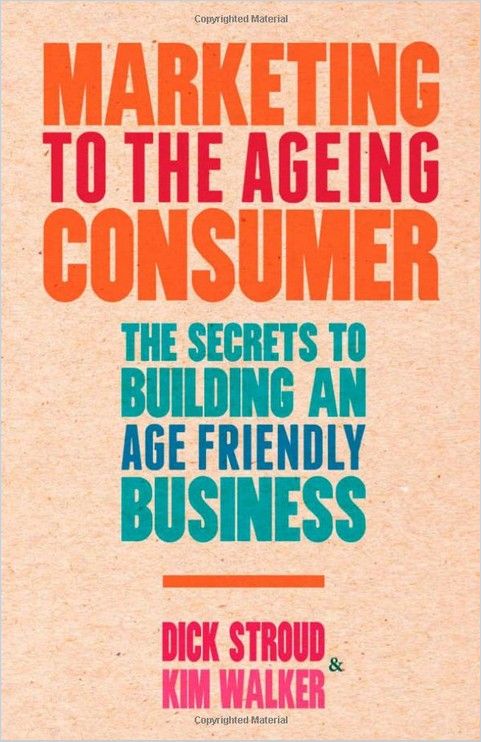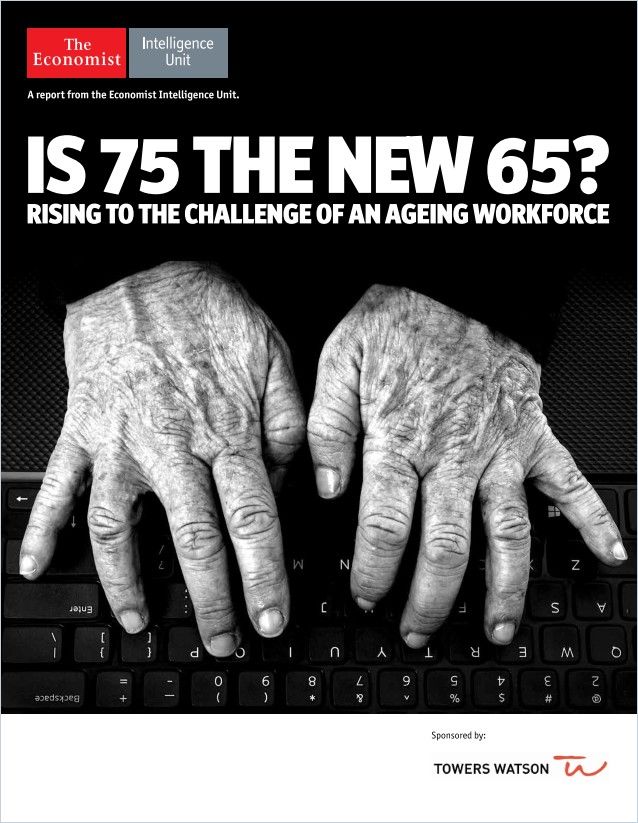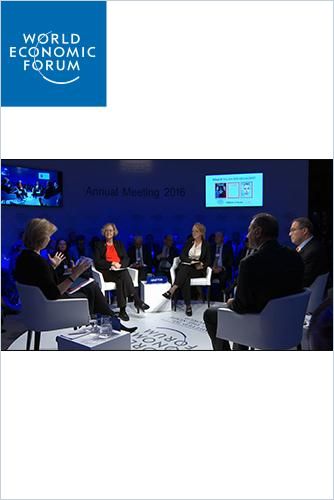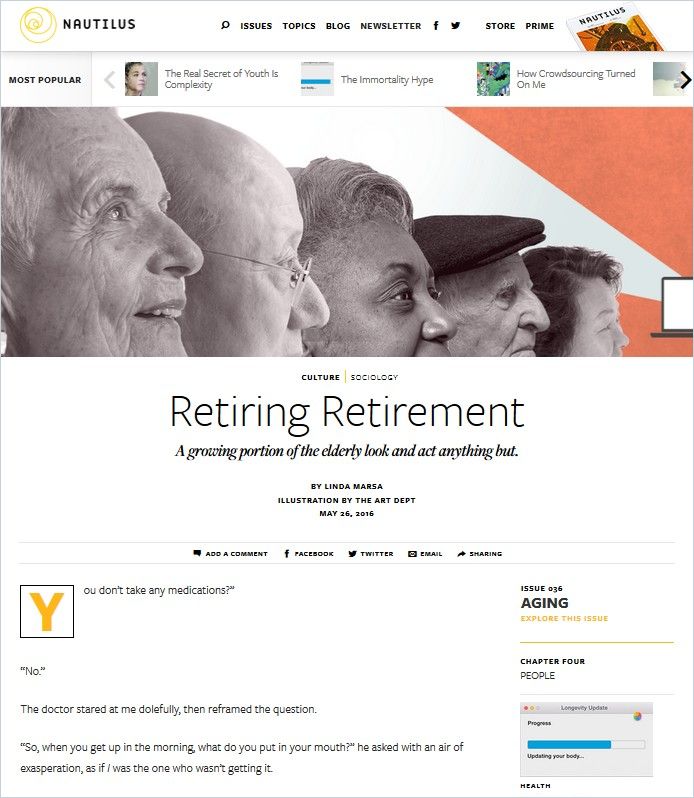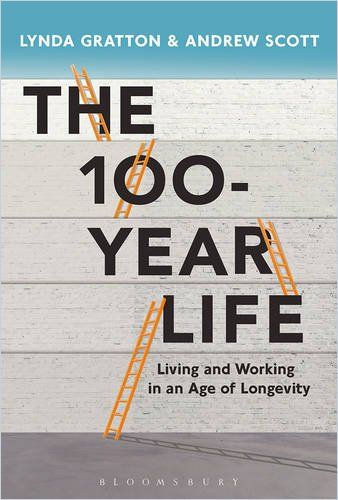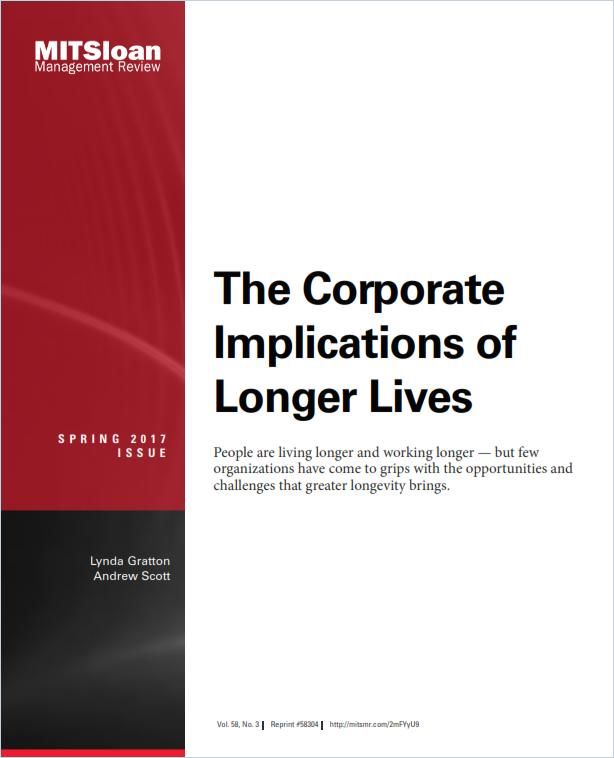The Art of Retiring (in Time)

In a Wall Street Journal column titled “The End of Retirement,” John D. Stoll ponders whether the generation that is coming of age today will still share today’s conventional concept of retirement at 65. Stoll writes: “A job, historically seen as simply a way to make money, is increasingly the source of the types of friendship and stimulation that are hard to find in bingo halls, on beaches or riding a golf cart.” He makes a strong case for working longer – and differently. Keenly aware of changing demographics and workplace conditions, young people start thinking about the idea of lifelong working already before joining the workforce, he explains:
“Routinely told they won’t have the cash to retire and can expect to live longer and healthier lives than their parents, Gen-Z workers have plenty of motivation to pursue employment even after they become eligible for Social Security.”
Certainly, young people in the industrialized world are right not to think they can retire on Social Security benefits alone. With falling birthrates, there will simply not be enough young people to pay for the growing population of retirees. The US government, for example, set the age of eligibility for the national pension program at 65 in 1935, when health and life expectancies were considerably lower than today. As the baby boomer generation has now entered retirement and not enough young people are joining the workforce to make up for the labor shortfall, the “left few” (which sounds more exaggerated than it is) will have to pay for significantly more people in retirement. That’s why many people, such as Linda Marsa, a contributing editor at Discover magazine over the age of 65, think retirement is nothing but an outdated concept: Data shows that many older adults are willing and able to continue working and that the economy will need them to do so.
But working past retirement age does not need to come out of economic necessity. It can also be a deliberate choice.
Your new multi-stage life
The last two centuries have seen an increase in life expectancy of two years per decade. Children born in the US in 2016 can anticipate reaching their 100th birthdays, and many demographers believe that the human being who will reach the age of 200 is already born somewhere.
Interestingly, working longer can even add years to your life.
Stoll cites a study conducted by Boston College professor Matthew Rutledge, which concluded that ”people who can and want to stay in the workforce also live longer lives and face a lower risk of dementia, depression and obesity.”
And Lynda Gratton and Andrew Scott, the authors of The 100-Year-Life, argue that increased life expectancies are the main catalyst for transforming the world of work. To accommodate employees who are healthy and motivated enough to continue working beyond their traditional retirement age, the authors suggest replacing the model of a “three-stage” life – education, work and retirement – with a “multistage” life.
The role of the private sector
Making a multistage life work will require flexibility on part of both employees and employers, who will need to reinvent current employment models and career management policies. Because their employment models and career management policies don’t match the fact that tomorrow’s worker’s average lifetime is approaching that of a Galapagos tortoise, the current trend is pretty challenging for today’s companies in particular.

As the Economist Intelligence Unit puts it: “By 2020, senior executives believe that managing an aging workforce will have moved up the human-resources agenda, from just the number-seven issue today, to a top-three concern.” Forward-looking companies will anticipate the needs of their aging workforce and craft appropriate employment and benefits plans to tap the wisdom and experience of older workers. Indeed, accommodating the needs of older workers will improve working conditions for all other employees, Gratton and Scott contend. In The Corporate Implications of Longer Lives, Lynda Gratton and Andrew Scott explain how corporations can adjust their structures:
• Corporations must adapt to longer working lifespans by investing in employees’ “intangible assets” and by taking a more flexible, “multistage” approach to managing careers.
• Career management policies must put more emphasis on continual skill development and creating a healthy work-life balance for employees.
• Corporate recruitment must move away from a focus on attracting recent graduates to finding talent among workers of all ages and with diverse and unconventional backgrounds.
• Offering employees over age 65 a continued role at the company at a reduced capacity will allow companies to continue to benefit from those employees’ expertise while helping them fund their long-term retirement.
Indeed, there is still plenty of work ahead! But since it’s Friday and we shouldn’t rush things anyway, we’re going to let you in on a little secret: Never before have people of retirement age been so rich and had so much time at hand – whether they are working or not. In other words, if you can turn these people into customers, you will generate enough surplus income to keep your older employees on the payroll past retirement age. To learn more, check out Dick Stroud and Kim Walker’s Marketing to the Ageing Consumer.
Sure, you can thank us on Monday!
Next Steps
Take a look at getAbstract’s related channels such as Society, Aging Well, and The Future of Work.

